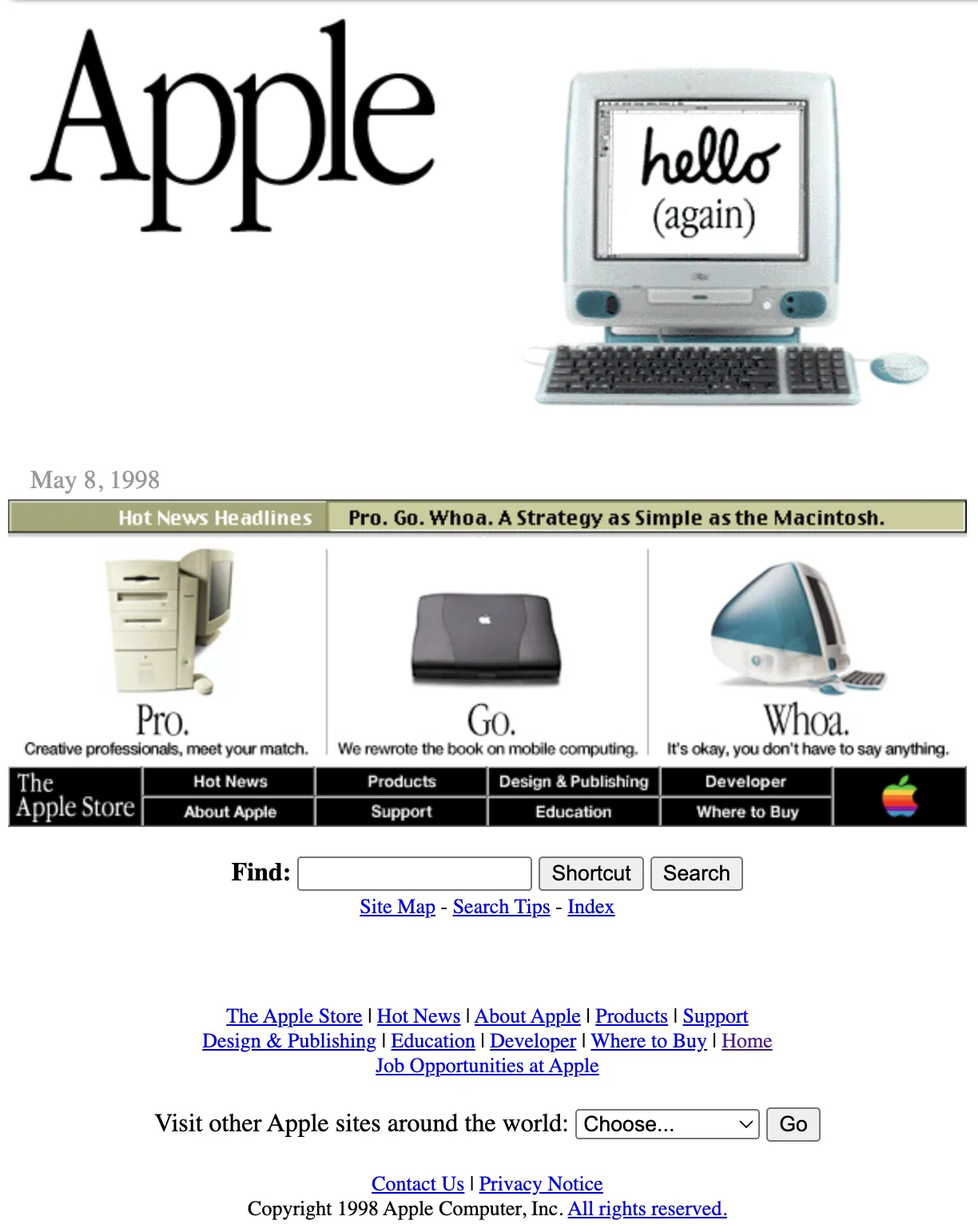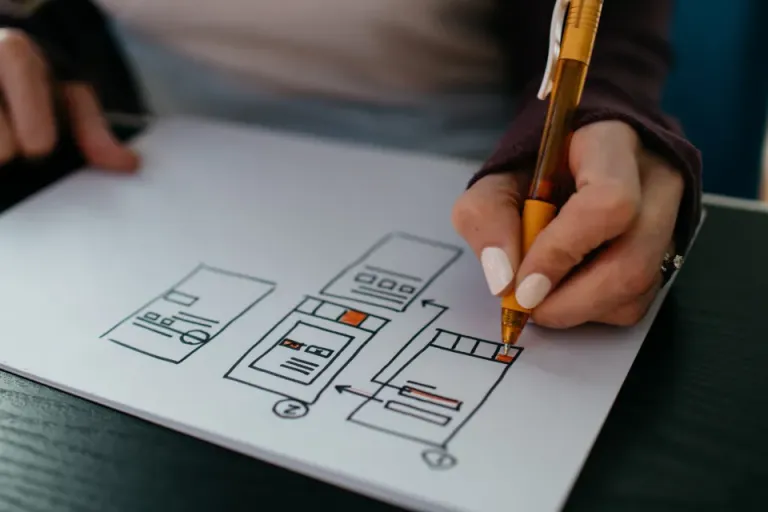I built my first website in 1998 when I was 12. It was absolutely hideous. Atrocious.
To be fair, the web was still in its infancy back in those days and most sites were ghastly by today’s standards.

Since then, I’ve built dozens of websites for myself, for clients, and for churches and other non-profits. Along the way, I learned a lot about what works and what doesn’t.
But it wasn’t until just a few years ago that the true value of a website for small businesses really clicked for me.
My immature thinking before: “Your business should have a website because… well… businesses have websites. Right?”
Today, my thinking has evolved: “Your business should have a website because it is generally the first channel to communicate what you do to your customers, and it will function as your digital storefront and cash register.”
In order to accomplish this, your website must accomplish three critical jobs. The sites I’ve built since understanding these three jobs have performed significantly better than the sites I’d built before.
Is your site underperforming?
Assuming you have a website, is it performing well for you? Are you generating new leads and selling more because of your website?
If your site isn’t performing the way you want it to, that’s probably because it’s not doing one or more of the following critical jobs.
Your website must:
- Identify your customers’ pain or problem.
- Position your business/product/service as the solution.
- Call the customer to action.
Identify the pain
Pain?
Yes! Pain.
Get this in your mind now and seal it there forever.
People do not buy products. They buy solutions to pain and problems.
Here, I’ll show you.
The last thing you bought on Amazon was to solve some pain or problem. Guaranteed.
As I write this issue, the last thing in my Amazon order history is a rechargeable battery for my headlamp.
What pain did that solve? I love to backpack, and I’ve become annoyed by having to carry extra AAA batteries because I don’t know the charge level of the batteries that are already in my headlamp. So now, I have a rechargeable battery that I can top up to 100% before I head out, and I can even recharge it from my portable battery pack while I’m in the backcountry. Pain gone.
You may not resonate with my headlamp pain, but I guarantee that some other pain or problem motivated your most recent Amazon purchase.
So your website’s job first job is to awaken or agitate a pain that your potential customers already experience.
This serves at least two purposes:
- It confirms that your customers are looking in the right place for a solution.
- It allows you a first opportunity to empathize with your customer. Yes, you understand their pain!
Position yourself as the solution
Remember: people don’t buy products. They buy solutions to pain and problems.
Now that you’ve clearly established the pain or problem you solve, your website’s second job is to position your product or service as the solution.
This job is comprised of several different components which we’ll cover in a future issue. For now, this job involves a couple of steps:
- Empathize with your customers’ pain or problem.
- Demonstrate authority and social proof to show that you can guide your customer to resolve the pain.
- Give your customer a plan.
Call your customer to take action
Your website’s third job is to call your customer to action.
And it’s shocking how many small business websites do this job poorly or fail to do it entirely.
If you have identified your customer’s pain and positioned yourself as the solution you still must tell your customer what to do! If you do not, they will hit the back button and find someone else.
This does not have to be complicated, and you don’t necessarily have to push for a sale right on your homepage (depending on what you sell). But you must call the customer to take action. Clearly. Unambiguously.


Again, we’ll discuss the call to action in more detail in a future issue. For now, your website must call the customer to a specific and concrete action that will lead them toward the solution to their pain.
That step might be a consulting call, it might be registering for a free PDF, it might be adding an item to their cart and purchasing right now.
You’ve done the hard work of getting your customers to your site. Don’t let them leave empty-handed without taking the next step to solve their problem.
How this will make you money
If your website does these three things well, you will make more money.
- Be clear about the pain or problem you solve.
- Establish yourself as the solution.
- Tell your customer what to do next.
There won’t be any questions in your customers’ minds about whether or not you solve their pain, and they’ll be clear on what they need to do next.
Do this next
Audit your own site. You could do this easily this week.
Go to a coffee shop and ask a stranger if they’d be willing to give you some feedback on your website.
Give them 30 seconds (literally, 30 seconds) to look at your website.
Then ask them to tell you what your business does and how they can work with you.
If they cannot answer you, you’ve got some work to do on your site.
If you want help with auditing your site, buy my Homepage Audit. For $100, I’ll audit your site and tell you exactly what you need to do to fix it.
To thriving,
Zach
PS: See what I did there? 👆




